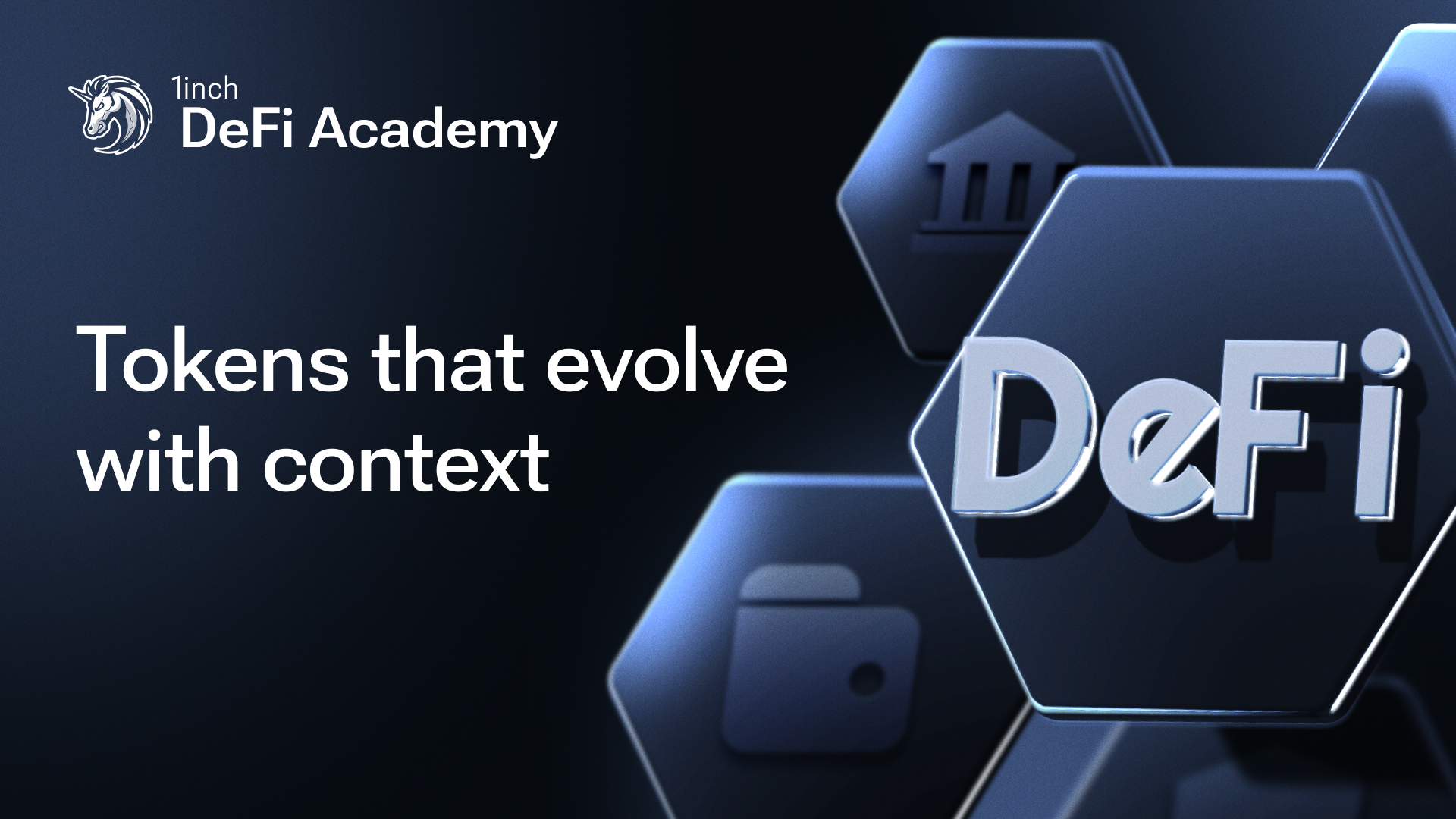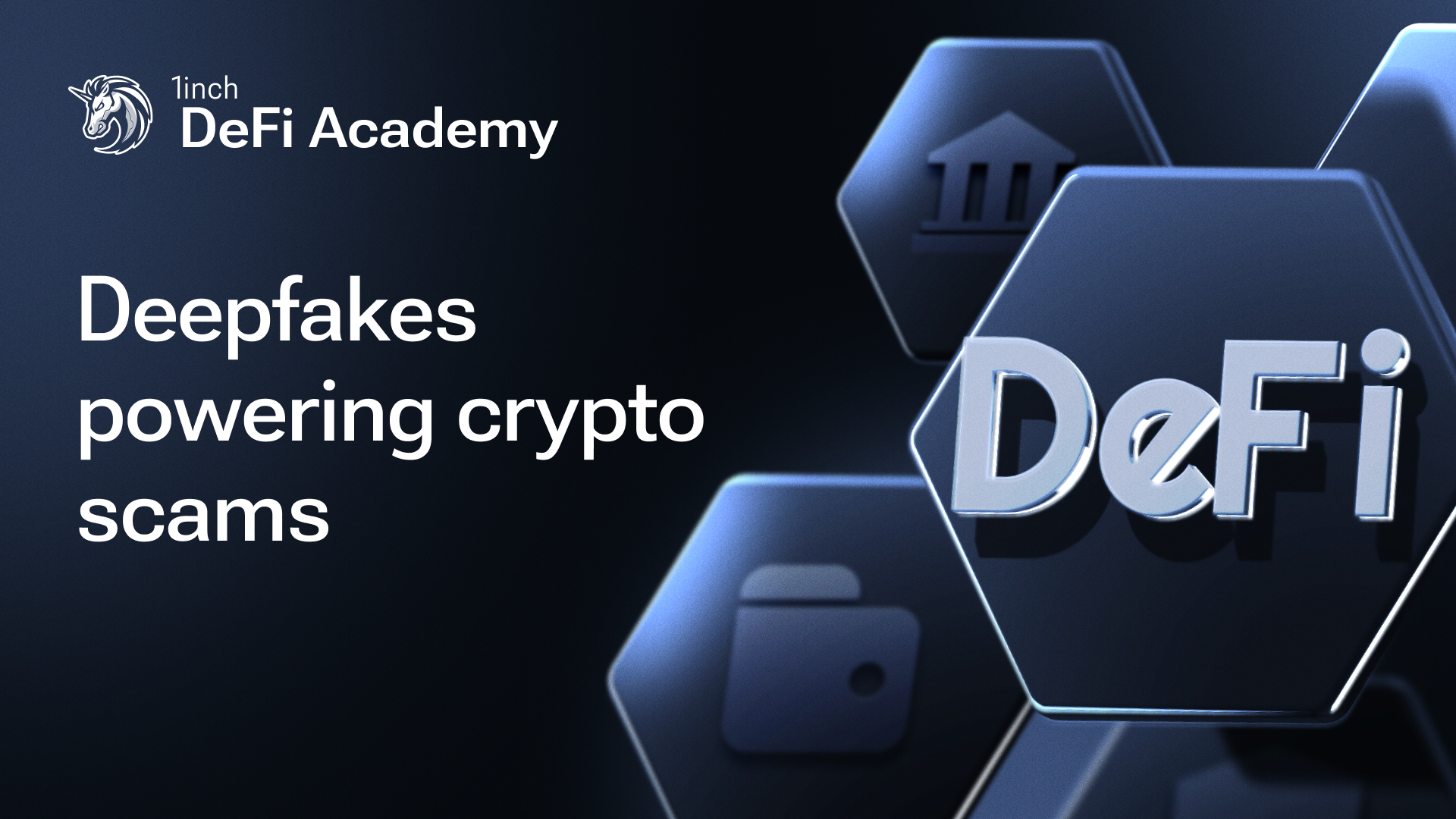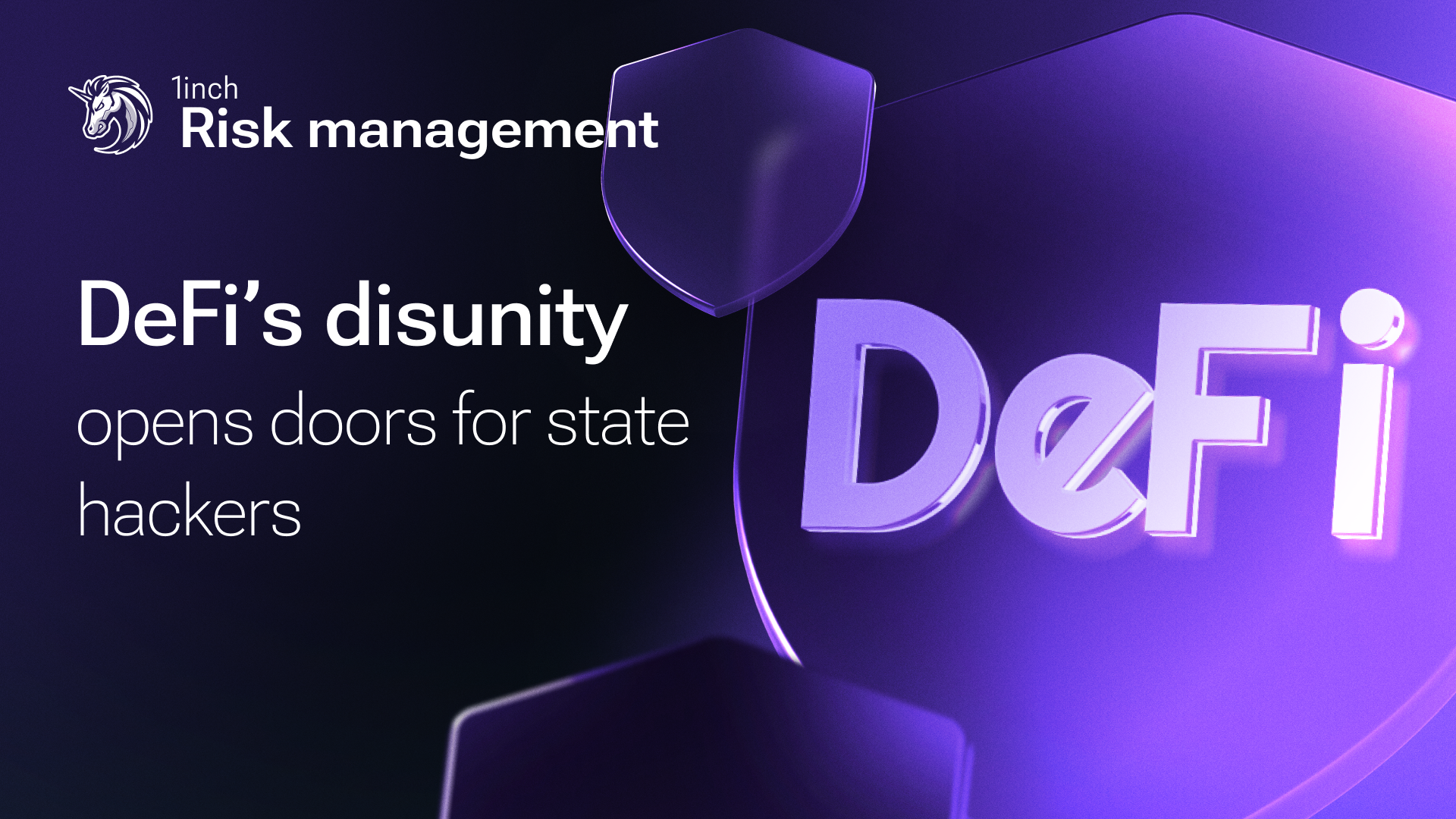SFTs: bridging NFTs and fungible assets

Semi-fungible tokens combine traits of fungible and non-fungible assets, enabling flexible use in gaming, ticketing and DeFi.
The traditional split between fungible and non-fungible tokens has been blurred for years by a hybrid class: semi-fungible tokens (SFTs), supported by standards like ERC-1155 and ERC-3525.
What are semi-fungible tokens?
At their core, SFTs are blockchain-based assets that share fungibility within a defined group but not across groups, and can later change into unique tokens. On Ethereum, they can be built using multi-asset standards that also support purely fungible or purely non-fungible tokens, most commonly:
- ERC-1155 (for SFTs) – Each token ID works like its own mini-currency: every copy of the same ID is identical, but it is different from other IDs.
- ERC-3525 (for SFTs) – The grouping unit is called a slot. Tokens in one slot act the same, but cannot mix with tokens from another slot.
Inside one ID or slot, the tokens are interchangeable. Outside that group, they are not. After an SFT is used - such as redeeming a ticket, upgrading a game item or splitting a bond coupon - it can change into a one-of-a-kind NFT. This makes SFTs handy for things that start as identical units but later need to track unique details, such as game gear, event tickets or financial slices of a bond.
ERC-1155 (for SFTs)
One of the most widely used Ethereum standards for implementing SFTs is ERC-1155, which scopes fungibility by token ID.
Grouping: In SFTs built with ERC-1155, each token ID defines a class. Units with the same ID are fungible; units with different IDs are not interchangeable.
Metadata: Usually shared at the ID level. When a token’s state changes - for example, a ticket being used - the contract can burn the fungible unit and mint a new token to represent the updated state. This “burn and mint” flow is the simplest and most common for ticket-style cases. An issuer could also let metadata evolve via a dynamic URI or flip a “used” flag in off-chain metadata instead of minting a new token. The holder’s balance can also be reduced without burning the entire token ID, which is useful for designs like a multi-use pass.
Example: Event tickets — ID 1 = VIP, ID 2 = Regular. Tickets are interchangeable within the same category, but not across categories. After scanning a VIP ticket, the contract could burn that unit and mint a unique souvenir, either as an ERC-721 or as an ERC-1155 token with supply = 1.
ERC-3525
Another standard used for SFTs is ERC-3525, which introduces slots and value fields to enable more complex structures.
Grouping: In SFTs built with ERC-3525, a slot defines the fungibility category. Tokens in the same slot are fungible; tokens in different slots are not.
Value: Each token also carries a numeric value that can be split, merged and transferred within the same slot. Token IDs remain distinct, but their value is interchangeable inside the slot.
Example: Bonds — Slot 101 = 5% bond maturing 2027-06-30. One token might hold a value of 1,000, another 5,000. Value can move between them or be split, as long as it stays in slot 101.
State changes in SFTs
While ERC-1155 and ERC-3525 fix fungibility within a token ID or slot, contract logic can still change the role or details of an individual unit. These changes can be triggered directly on-chain or via off-chain scripts interacting with the contract.
- Reduce a balance without burning the entire holding (e.g., multi-use pass)
- Burn a fungible unit and mint a unique token (e.g., proof of redemption)
- Split or merge value within a slot in ERC-3525
- Update metadata to reflect personalization or usage
These actions let SFTs move from “one of many” to “one-of-a-kind” tracking without breaking the fungibility rules of the standard.
Use cases
Because they bridge fungible and non-fungible characteristics, SFTs support a wide variety of applications:
- Gaming — Items like weapons or skins can be semi-fungible when first issued, then become unique once upgraded. For example, Gods Unchained uses ERC-1155 for its card assets.
- Event ticketing — Tickets for the same section or category are fungible before an event and can become unique collectibles after. SFTs also allow for resale, bundling or memorabilia features.
- DeFi instruments — ERC-3525 supports tokenizing financial products such as bonds, options, tranches or portfolios with structured parameters and programmable behavior.
- Loyalty programs — Fungible points that evolve into unique perks like VIP access passes.
- Supply chains — Batches of goods can start as fungible and later be assigned unique identifiers or certifications, tracked on-chain.
- Digital rights & content — Licenses, subscriptions or access rights shifting from fungible to non-fungible based on usage or expiry.
- Container tokens — ERC-3525 tokens functioning as containers for other tokens or encapsulating programmable logic.
- Real-world assets (RWAs) — Fractional ownership or status changes for tokenized real estate, infrastructure or invoices, with off-chain compliance mechanisms linking to the legal asset.
As blockchain applications diversify, the binary split between fungible and non-fungible assets is no longer enough. SFTs offer a flexible middle ground, allowing assets to share fungibility where it matters while still supporting unique states or attributes when needed.
Stay tuned for more insights from 1inch as we explore the latest trends in DeFi!




























